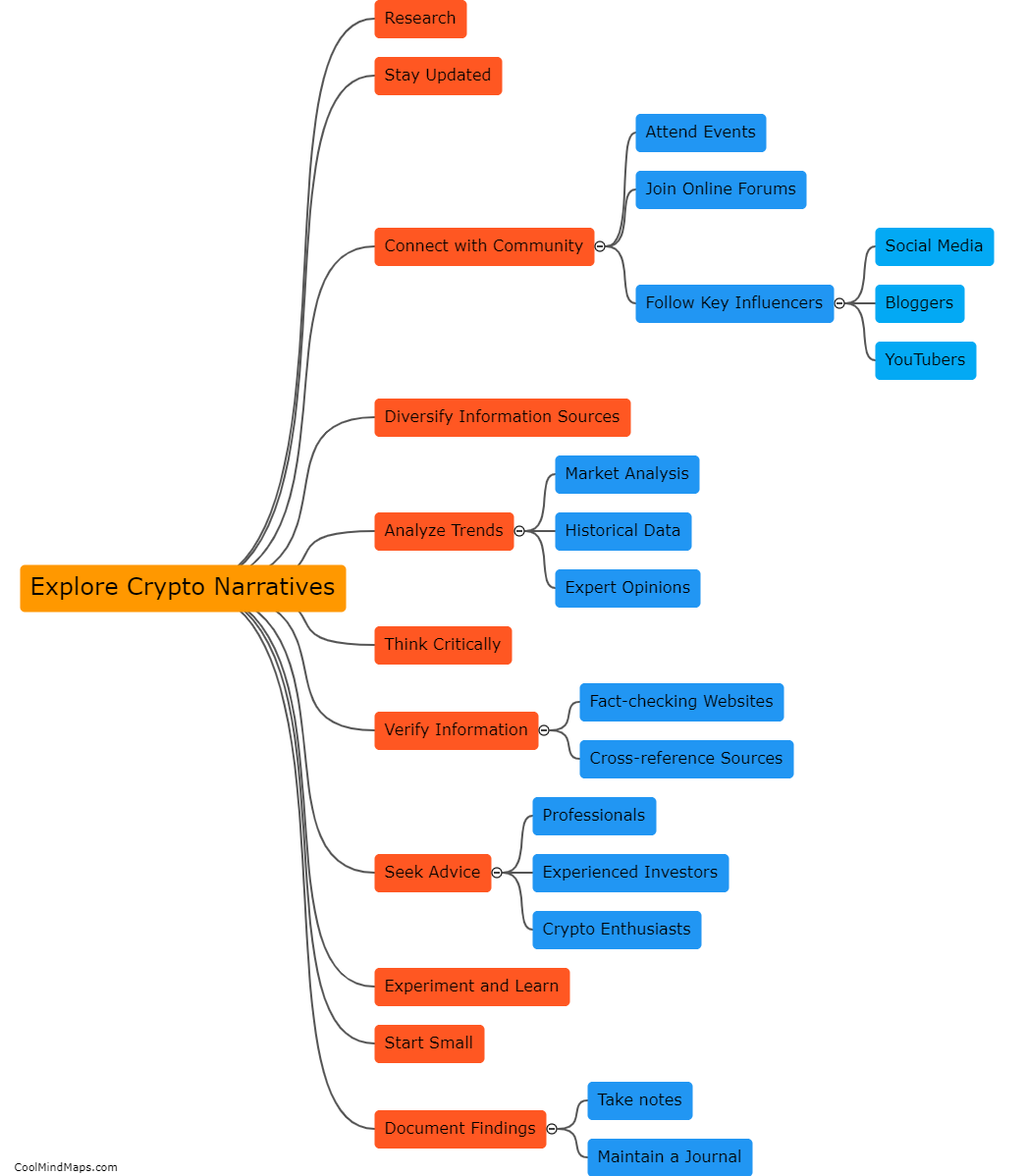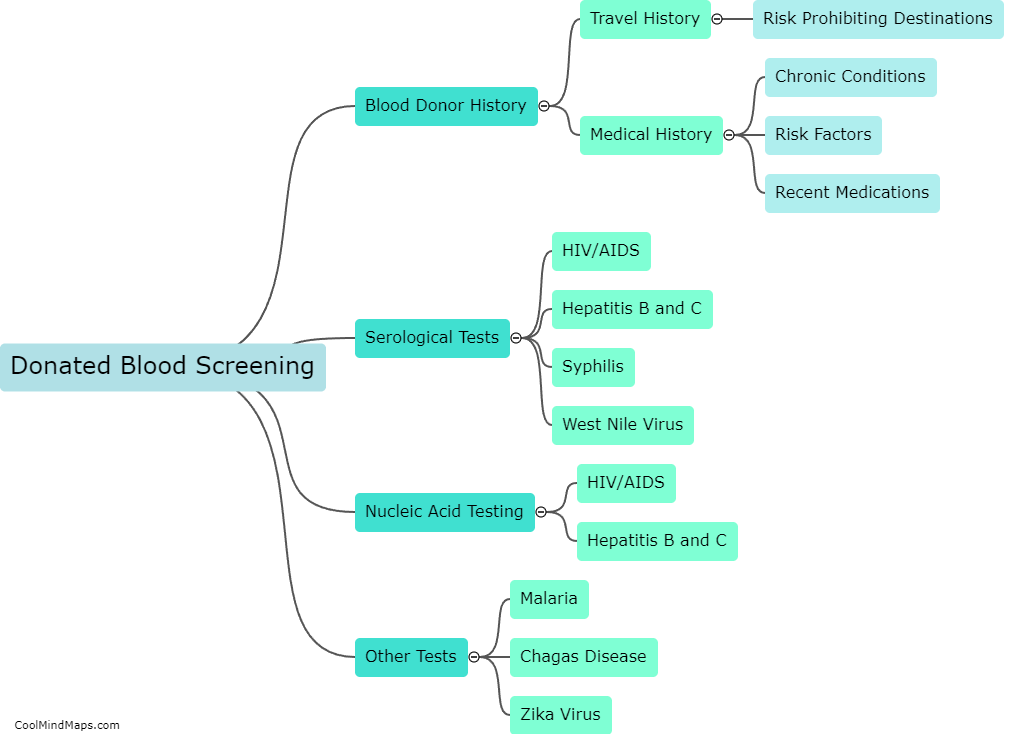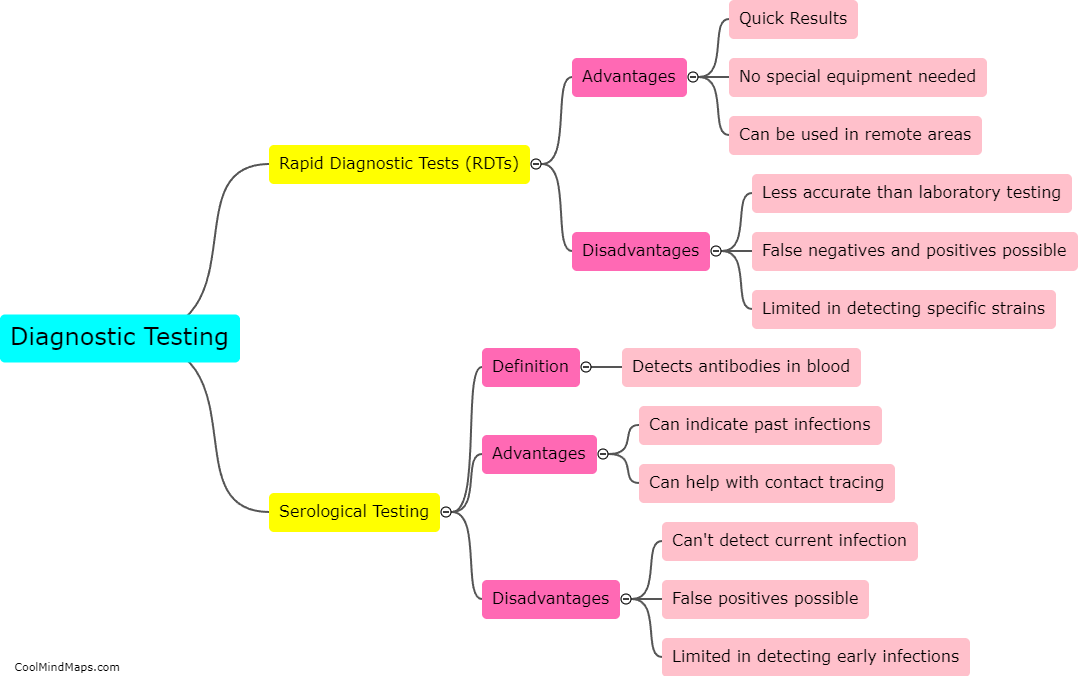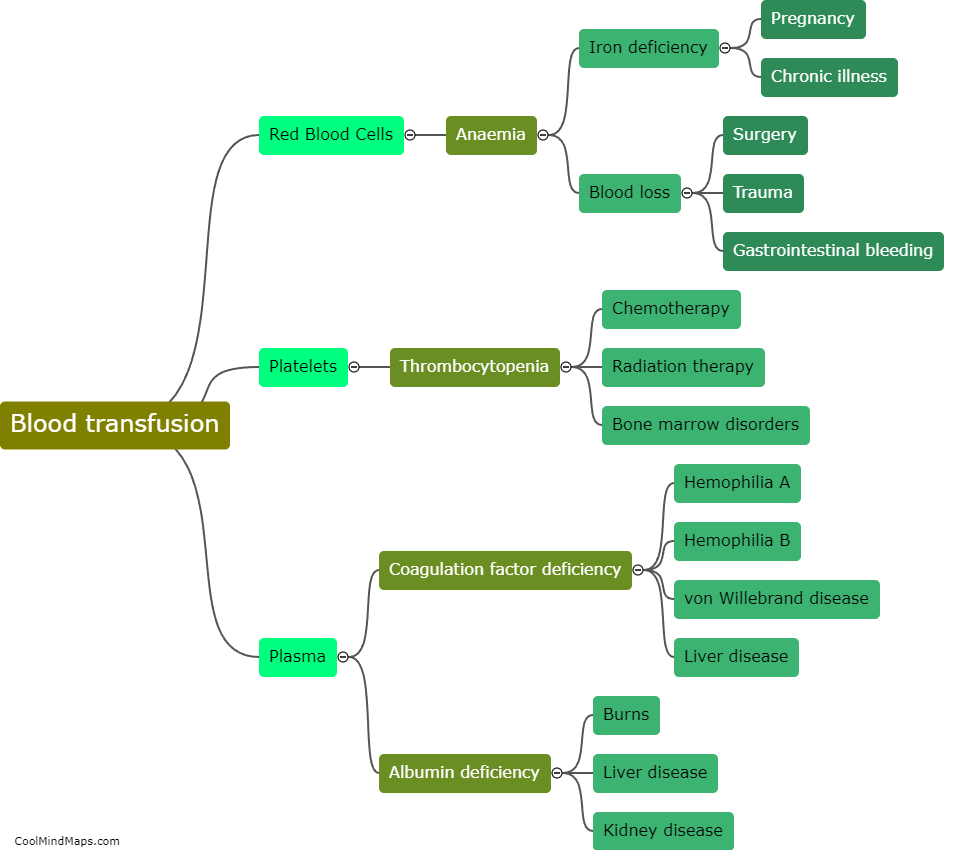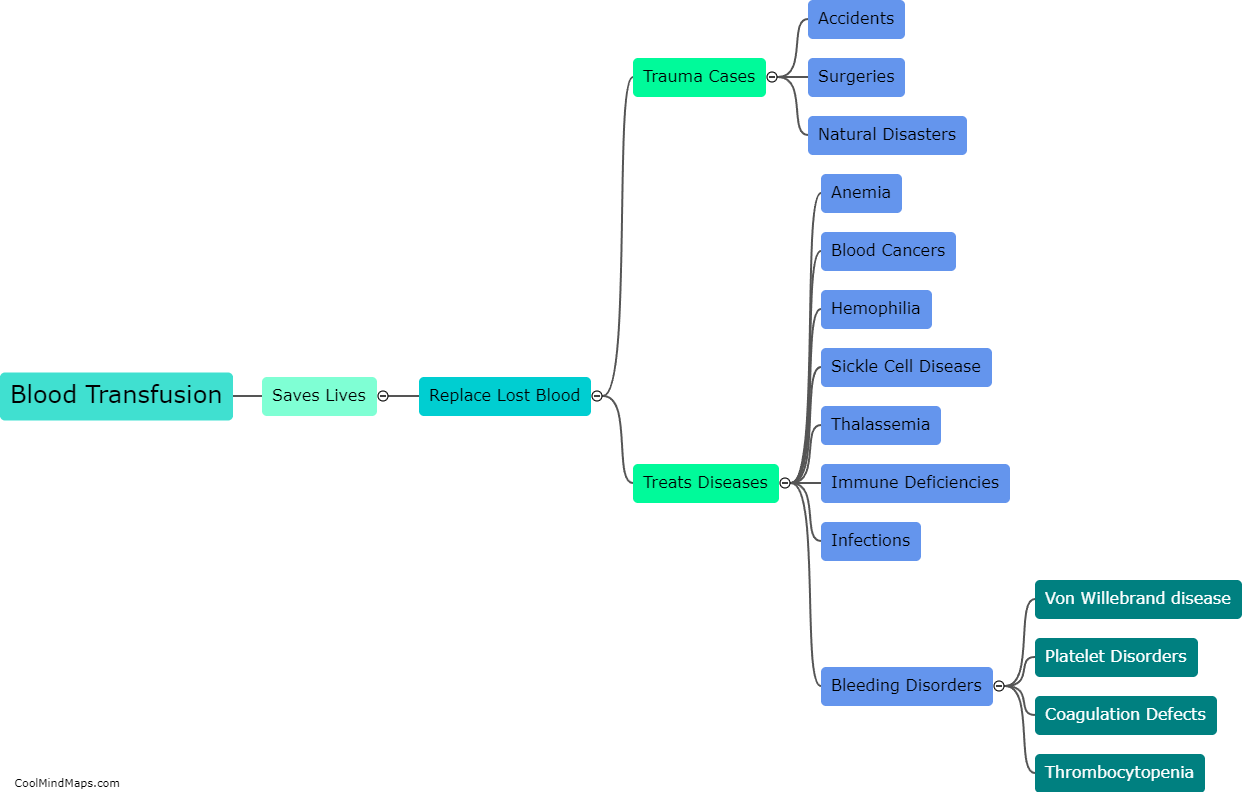What methods are used for malaria screening and their limitations?
Malaria screening methods vary depending on the situation and resources available. Microscopy, rapid diagnostic tests (RDTs), Polymerase Chain Reaction (PCR), and serological tests are the most common methods employed. Microscopy is the most widely used technique due to its low cost and ability to detect the parasite itself, but its sensitivity and specificity depend on the operator's skills and the quality of reagents. RDTs are easy to use and offer quick results, but they may not detect low parasitemia or antigenic variants. PCR tests are highly sensitive and specific, but they require expensive equipment and skilled personnel, which limits their use in resource-limited settings. Serological tests detect antibodies to Plasmodium, but they cannot distinguish between past and present infections, and their accuracy is affected by the time of sampling. Overall, no single method is perfect, and a combination of tests is recommended for accurate malaria screening.
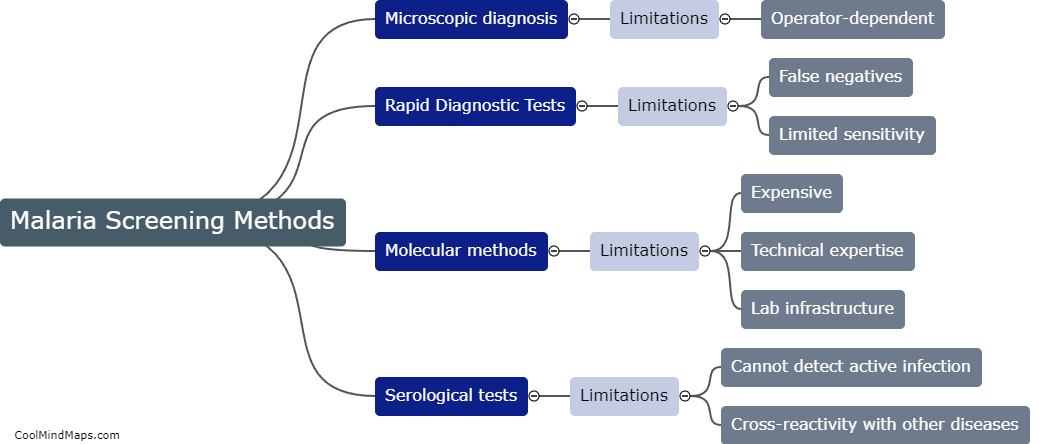
This mind map was published on 25 June 2023 and has been viewed 122 times.

